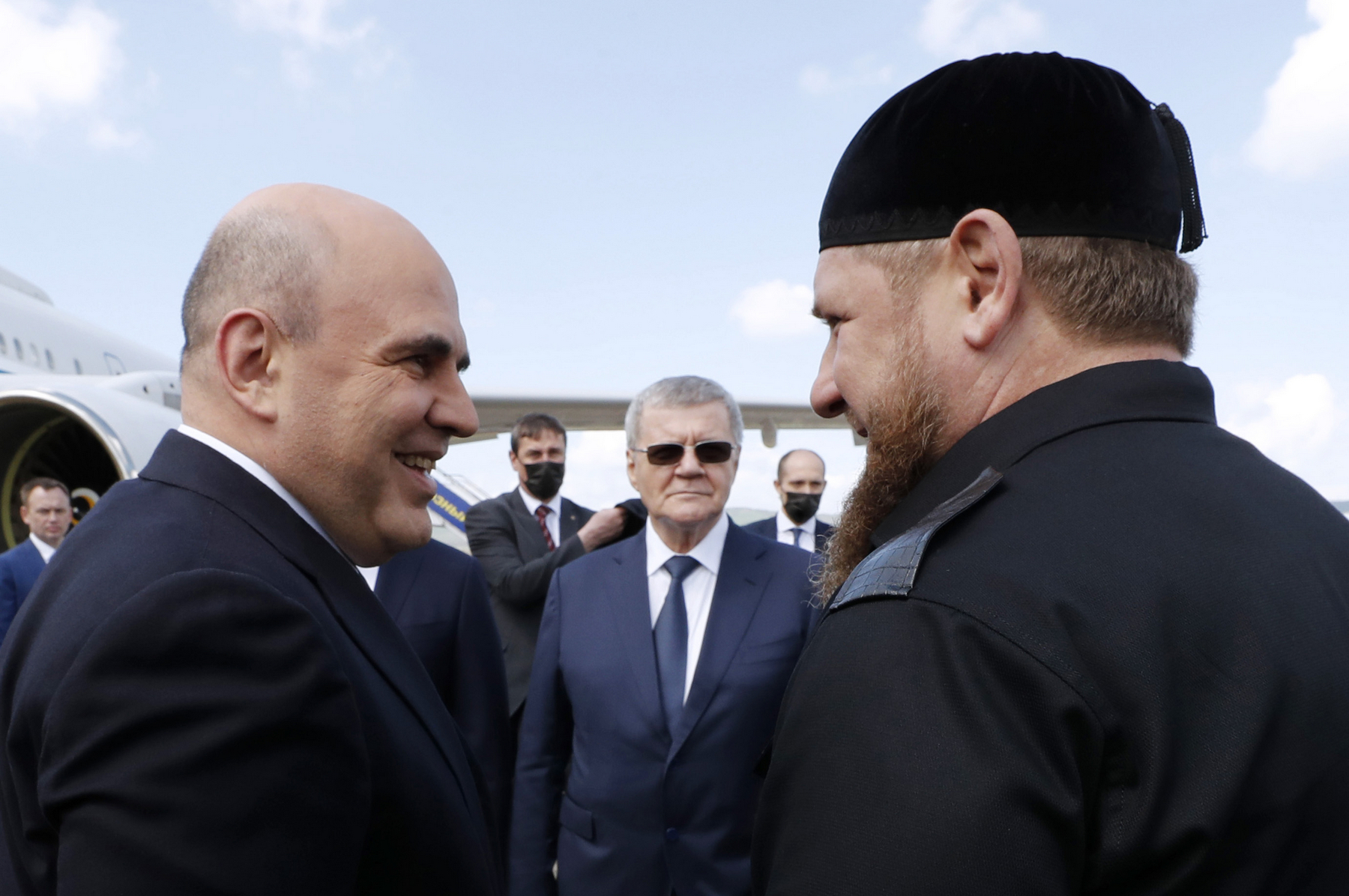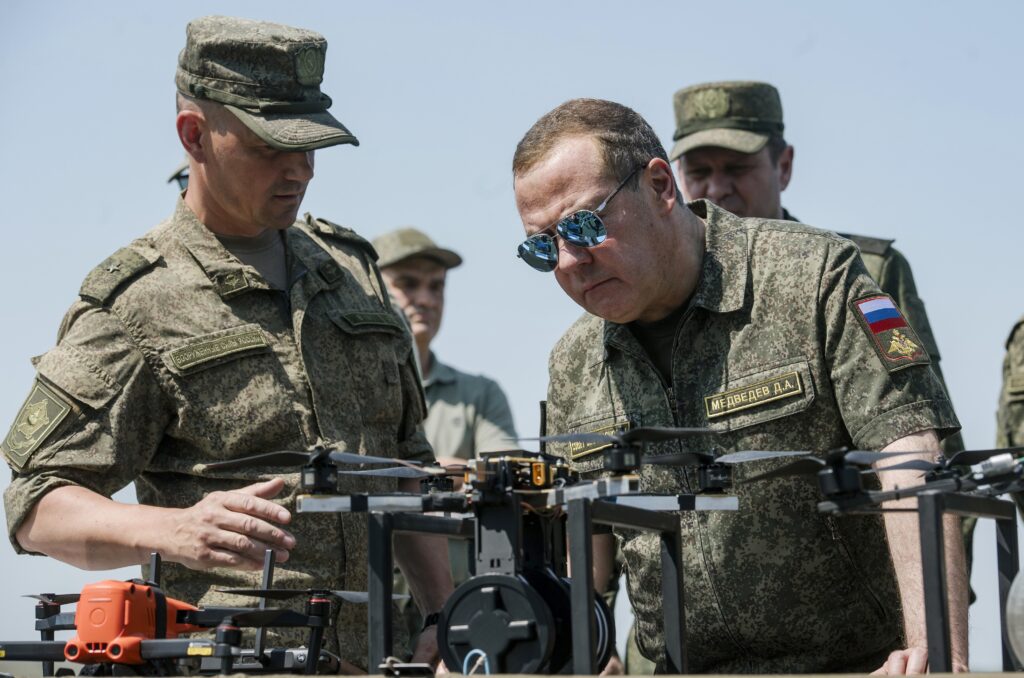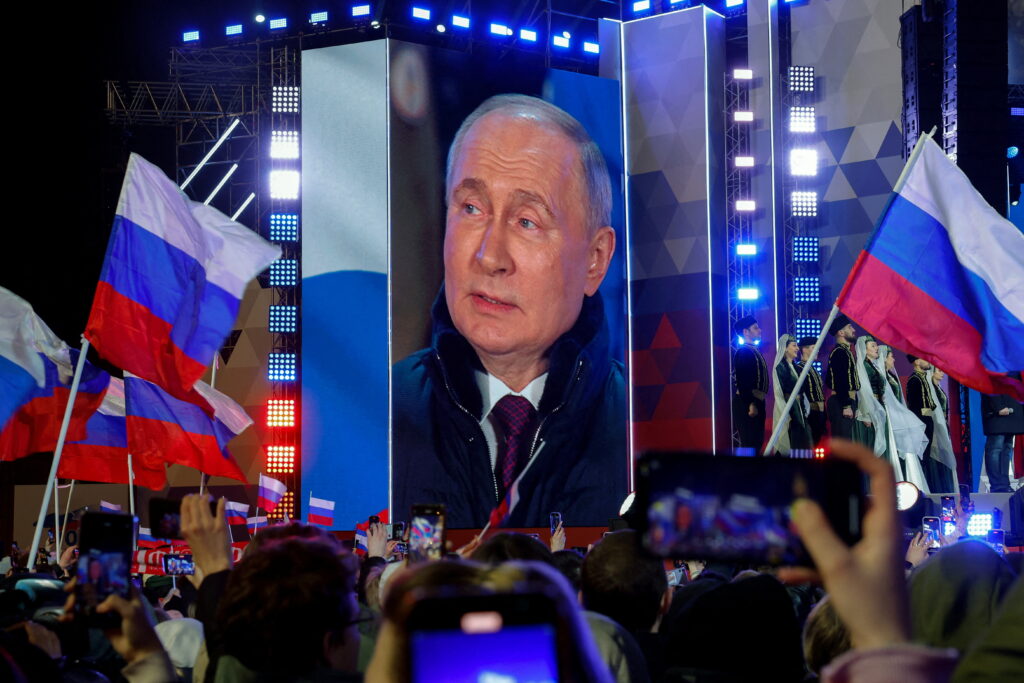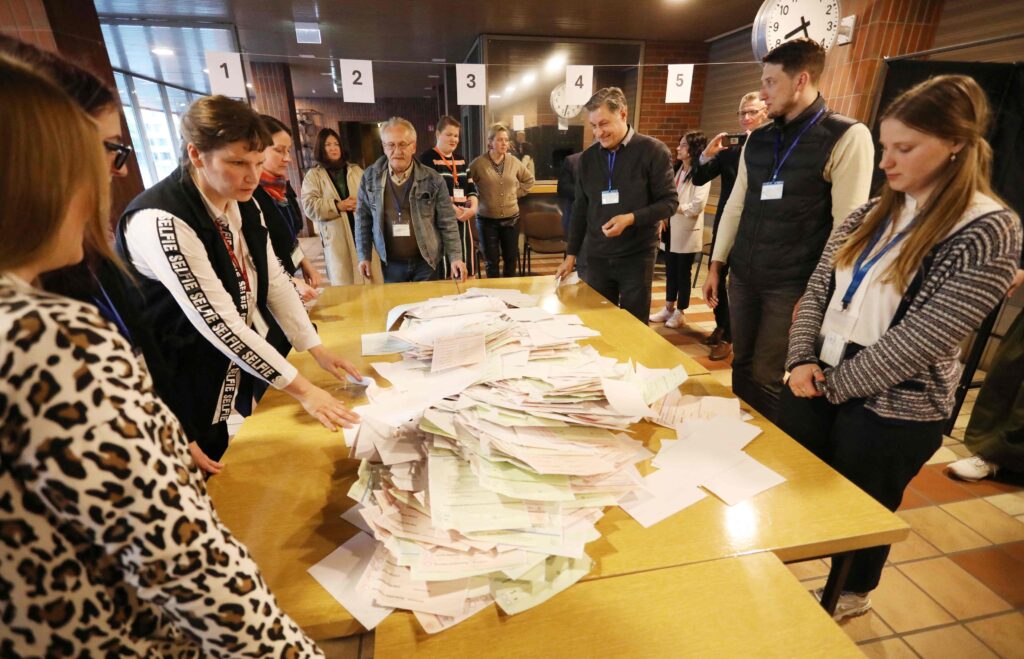On 15 June, Prime Minister Mishustin visited the city of Pyatigorsk to call for a new North Caucasus economic development agenda. He named the North Caucasus 2010 development strategy a failure as economic growth in the region has lagged. Even so, there are also a few fundamentals the Kremlin want to keep as they are. On 23 June Putin endorsed Chechnya’s Ramzan Kadyrov for a fourth term as head of the Chechen Republic. Even Ingushetia’s embattled governor Kalimatov was given the chance to run again. What to make of the urgency to change economic strategy, while keeping the existing regional elites untouched?
Violence, in spite of a recent spike, remains low when compared to a few years back. As the Navalny protests showed, political opposition here is neither mobilised nor bound to larger protest movements. One sign of stability is how domestic tourism to the region has grown. Nevertheless, two potential crises loom.
First, the lack of economic growth undermines Moscow’s North Caucasus governance strategy. In the outgoing 2010 development strategy, economic development, security and stability were all connected. Implicit was the idea that public and private investments were meant to create jobs that, in turn, would drive people away from radicalisation. It did not work well enough. Though North Caucasus fighters leave for Syria less and less, the threat of a new wave of violence looms.
Second, the deadline for the federal administrative border demarcation approaches. In 2019, Putin decreed that all federal regions must define their boundaries by 2021. Having learned from the protests in Ingushetia in 2018 and 2019, Moscow does not wish to be caught off-guard again by two regions ‘solving’ their boundary issue without close federal oversight. So, Moscow has taken the gamble of inducing the boundary definition process which may grant it greater control in steering it.
Calculations from Moscow could be that the region has been battered by the pandemic for more than a year. Could that bolster appetites for an assertion of central control?
Changing path…
In Pyatigorsk, Mishustin gave all federal ministries concerned 1 October as the deadline for proposals of the new development plan, with early September as the date for the North Caucasus republics to issue their own recommendations. What proposals and suggestions will ultimately be included into the new strategy is yet to be known. There was a 1 July deadline for the Ministry of Economic Development to submit its recommendations for the new strategy but—if these were submitted in time—they were not made public at the time of writing.
The declared failure of the 2010 economic development strategy is nothing short of a failure of governance of the North Caucasus region. As scholar Julie Wilhelmsen wrote in 2018, spurring economic development is an important policy at the Kremlin to undermine the basis for radicalisation through job creation. While the 2010 strategy envisioned unemployment dropping down to about five percent, job creation remains stubbornly difficult in the area. For instance, in 2019, the official unemployment rates of Chechnya, Dagestan and Kabardino Balkaria were 13,4, 13 and 11 percent, respectively.
Low growth, insecurity, underperforming federal institutions and corruption have kept private investors away from spending in the region. The overall result is that investment in the North Caucasus is mostly public. According to Mishustin, each ruble of public investment attracts only fifty kopecks of private funds, a failure when compared to the average two and a half for other regions and thirty rubles in the Far East.
Tourism is illustrative of the pitfalls the 2010 strategy fell into. At the time, tourism was identified as one of the main areas for potential growth, and one closely related to the region’s security situation. The improvement in internal security in the North Caucasus and the upcoming Sochi Olympics seemed to be the chance to turn the region into an attractive destination.
Yet, tourism failed to bring the desired economic results. As scholar Valery Dzutsati writes, there was a lack of consistency among federal authorities to push for the development of the sector. Then, the Sochi and Black Sea coast elites pushed against the development of tourism in the area to prevent competition from arising. Tourism did end up growing but did not manage to create the amount of jobs needed. Dagestan, for instance, saw the number of domestic tourists nearly triple between 2010 and 2019 but the number of people employed in tourism did not even double in the same time period.
The failure of the economic development policy has driven the federal and regional governments to rely more on force and the Syrian conflict to ‘stabilise’ the North Caucasus. This approach also has its limits. Now that the war in Syria is frozen, some would-be foreign fighters may be staying in the North Caucasus. There are also growing signs that repression is fueling more radicalisation. Steady economic growth would be a source of stability in these circumstances.
Will the new development strategy work? A recent article in RBK suggested that only with tight federal oversight—comparable to that of the Sochi Olympics—can investment funds reliably reach their destination. Such oversight would imply a change of course in local decision-making or at least greater federal role. Indeed, Moscow has recently taken direct control of certain aspects of the region’s economy, such as in Ingushetia’s troubled finances. And yet, deep political changes are not forthcoming.
… but staying on course?
After the change of governor in Dagestan in 2020, the Kremlin appears unwilling to change its North Caucasus interlocutors for the time being. The cause may be tactical. The upcoming 2021 deadline for federal regions to define their precise borders is mounting pressure for the Kremlin to act as a catalyst and mediate the different border conflicts in the area. Unlike its hands-off approach in 2018, the Kremlin is more proactive this time around.
Considering the Chechnya-Ingushetia border issue settled—for now at least—the two borders of particular concern are those of Ingushetia and North Ossetia, and Chechnya and Dagestan. The Ingushetia-North Ossetia boundary dispute led to deadly clashes in 1992 and continues to haunt Magas and Vladikavkaz. Of the sixty thousand Ingush displaced in 1992, only over twenty thousand have returned to the disputed area, the Prigorodny district. There, integration between Ingush and Ossetian societies remains weak with tensions surfacing occasionally from violent incidents and top-down efforts to integrate the region further into North Ossetia.
Unlike the 1990s, Moscow appears more involved in preventing conflict escalation through the North Caucasus Federal District. The presidential envoy to the federal district Yuri Chaika commented in December of last year that the definition of that boundary will require close attention. At the time he was active in mediating between the governors of both regions, a process that remains ongoing.
Regarding Chechnya-Dagestan, there has been no overt declaration from Grozny about its territorial claims. A continuous low-intensity conflict with Dagestan brewed throughout 2019 as border negotiations took place at the start of that year. Later, the then-head of Dagestan Vladimir Vasiliev decided to freeze the negotiations indefinitely. Now, Dagestan under Sergei Melikov, in June of this year, indicated that it is ready to begin negotiations on the administrative border anew, with Chechnya reciprocating the gesture.
This new round of negotiations is happening—unlike the case of Ingushetia and North Ossetia—without federal oversight. As Dzutsati writes, the Kremlin is caught between two governors that it ultimately supports and wishes for them to stay in power. Undermining either one by expressing preference for the other could negatively impact the governance of the region. Freezing the negotiations beyond 2021 is then a possibility.
Conclusion
The recent spike in conflict-related violence is yet to bring the North Caucasus back to the early 2010s when violence spread throughout the region. Yet, the Kremlin may worry today that it will no longer be able to rely on repression and co-option alone to manage the conflicts of the North Caucasus. Mishustin’s call for a new development plan and the more proactive role in the border demarcation process indicate several things about the Kremlin’s approach to the current juncture.
First, Moscow sees the status quo as desirable. The failures in economic policy have not resulted in making governors resign but in curtailing their authority. Openly punishing governors may give the impression that the authorities can be made accountable or that the Kremlin can be appealed to by citizens to punish governors. Second, Moscow is moving to preserve the status quo. The new economic development strategy may change the specifics of investment plans in the middle and long terms. But the ultimate aim is to prevent that economic failure turns into governance failure. Third, there are clear limits to where the Kremlin wishes to act. In Chechnya and Dagestan, the Kremlin’s authority is either bound to its Chechen intermediary or is a crucial source of legitimacy for its Dagestani governor. For the Kremlin, changing this arrangement is too risky, leaving open the question about how to exit the current juncture.










